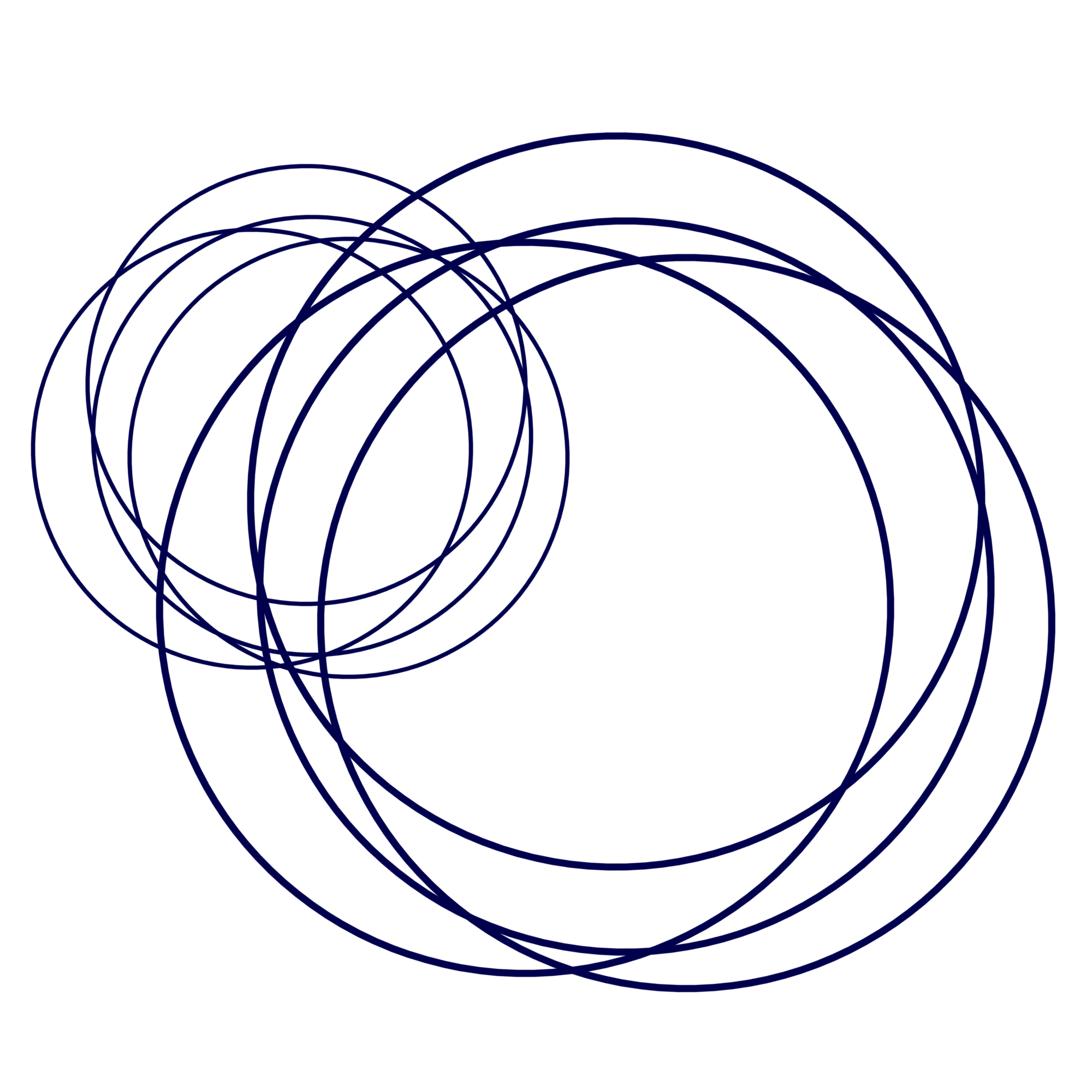881
Les Ruines, ou méditations sur les révolutions des empires (1791) by Constantin François
Chasseboeuf, comte de Volney (1757-1820) is one of the geniunely radical documents
produced in the early years of the French Revolution, a work that severely critiques
all the reigning ideologies of the world—whether political or theological—and proposes
their abolition. That the Creature should get his principal education into the institutions
of modern culture from such a profoundly antiestablishment work must have a significant
influence on his own subsequent distaste for human culture. But there is an ironic
side to it as well, for Volney's attempt to create the blueprint for the new revolutionary
man here falls on the ears of a uniquely revolutionary and wholly dispossessed individual.
The first English translation of Les Ruines, published as The Ruins, or a Survey of
the Revolutions of Empires (London: Joseph Johnson, 1792) was done by Godwin's close
friend James Marshall. Volney himself thought the translation too tame and in 1802
oversaw a new English version published in Paris, which was reprinted frequently and
became the standard conduit for his ideas throughout the English-speaking world. Among
those strongly effected by it was Percy Bysshe Shelley, whose Queen Mab shows considerable
debt to its ideas.
